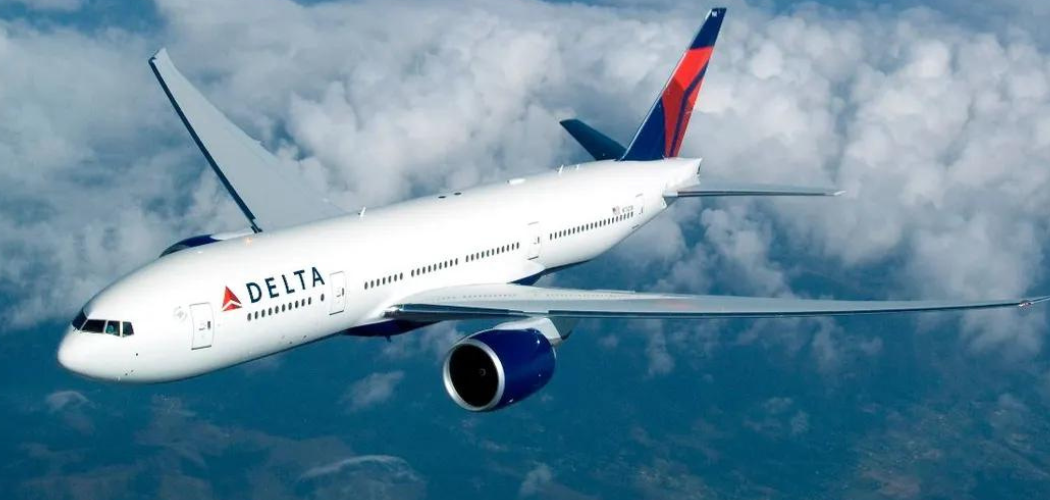There were simpler times years ago where Christmas was the pinnacle of the holiday shopping season. Consumers could aggregate spending steadily as the holiday approached, with the principal motivation of satisfaction being that all the requisite purchases were made with enough time to spare to ensure that gifts arrived before the 25th. But times change, and perhaps nothing is changing so drastically as the evolution of the holiday shopping season.
The changes are macro in nature for retailers, but also open opportunities to differentiate offers and serve your most loyal customers with more style, grace, and impact. This article surveys the drivers of change for both retailers and loyalty marketers.
Expectations for holiday shopping 2019 are high
This year, predictions for spending are auspicious, with 86 percent of consumers surveyed reporting they will spend the same or more this holiday as they did in 2018. One survey from PwC forecasts that consumers will spend an average of $1,284 on gifts, travel and entertainment, a modest increase of 2.7 percent over last year. Other sources predicted higher numbers, up to an increase of 5 percent.
Overall, the “Golden Quarter” (the holiday shopping season which starts in early November before Black Friday, includes Cyber Monday, and concludes with Boxing day in January) remains incredibly important to all retailers, with up to 30 percent of their annual revenues represented during this sixty-day period. Total spending in the 2019 season is predicted to top $1 trillion in the US, making it the first holiday season to cross this bold threshold.
Black Friday also boasts Christmas-topping revenues in Great Britain, France, Germany, Italy, Spain, Poland and Brazil, so the phenomena we see in changes to the US holiday season are sure to have similar impact in these other global markets.
Black Friday used to stand alone as the most important date in the holiday shopping calendar, but it has become a mere signpost pointing consumers to the heart of the shopping season.
The season used to be bracketed by two key dates, the first being Black Friday and the second the Christmas holiday itself, extending to “boxing day” or the first week in January when returns and exchanges were made. Now, research shows that only 35 percent of shoppers expect to have finished their shopping by Black Friday, with 49 percent expecting to wrap up their holiday lists “after Black Friday up until Christmas”.
The earliest known use of "Black Friday", referring to the day after Thanksgiving, ties back to 1951 and had more to do with the practice of workers calling in sick on the day after Thanksgiving in order to enjoy a four-day weekend. The term became popularized almost 20 years later to identify the point in the year when retailers begin to turn a profit, thus going from being "in the red" to being "in the black".
By the time Black Friday had risen to such importance that it had earned “FOMO” status, Cyber Monday had established itself as the day to win deals without having to leave home and risk being caught in the holiday stampedes (the statistics support this strategy). Maybe it’s no surprise that one survey reported that 54 percent of consumers will do most of their shopping at home this year.
Despite the apparent dilution of the importance of Black Friday, there’s no less emphasis by retailers to remind shoppers that they “can’t start soon enough”. The timelines and tactics for the overarching calendar are expanding as retailers evolve their seasonal operations:
- Walmart began its holiday sales this year Friday, October 25, earlier than ever before.
- Best Buy announced that it is rolling out free next-day delivery, available to 99 percent of customers for the holidays, competing with similar offerings from Amazon, Walmart, and Target.
- Target revealed that it will spend an additional $50M to increase training and hours and employees during the season — meaning more employees on duty each day during the shortened season.
- Retailers of all types (DTC, Omni-channel) are filling consumer inboxes with promotional emails in the genre of “Black Friday Early Access”. Hoping to create a sense of urgency, these emails are coming from early November onward.
What does Black Friday mean to your most loyal customers?
The original goal of Black Friday was to spark sales and create momentum for a successful holiday shopping season. With the increased complexity and noise that constitutes the Golden Quarter, the more pressing question for retailers is whether its possible to stand out from the competition?
Most importantly, how can retailers succeed in showing special love to their most loyal customers? In a season where discounts and deals are given to “every” customer, what can retailers do to protect and grow their most valuable customer groups?
Customer Loyalty is Perennial, not Annual
Building customer loyalty is an ongoing process. If we were planting flowers, our Perennials would be the core of the customer loyalty value proposition, while the Annuals would be the seasonal plantings that are collectively represented by all the promotions packaged into the Golden Quarter.
In a CMO Survey dated February 2019, CMO's predict that the top priority of their “Customers” over the next 12 months was to build Trusted Relationships with their favorite brands. When stacked up with Product Quality, Price, and Superior/Excellent Service, building Trusted Relationships were the principal gift that consumers wanted from their brands. That metric increased 44 percent year over year and was the factor with the largest increase, even beating out “Low Prices”.
It’s probably wise then to realize that if your brand suddenly discounts across the board of its product offering, that your most loyal customers may feel slighted. After all, they’ve been collaborating with you over the past twelve months (or years); and, if you divert your attention to the masses at the most important time of the year, there’s a chance your loyal customers will jettison interest in your loyalty offers as unnecessary, if not deceiving.
Use the Golden Quarter to reinforce your loyalty to best customers
With 54 percent of holiday shoppers making the majority of their purchases online this year, a further 20 percent of purchases taking place specifically on mobile devices, and only 35 percent shopping in a store on Black Friday, you have huge opportunities to engage your customers throughout the season, on more than just one particular day and in more than one channel.
Your most engaged customers are already expecting an omni-channel experience and the physical volume of traffic roving in and out of brick-and-mortar locations won’t be any more significant than in years past. Now is the time to be driving creativity and innovation into customers’ digital experiences, while providing the value-added engagement and an invigorated “wow” factor that excitement-hungry customers seek.
The digital channel allows the most running room to more precisely craft offers by customer group and to meet individual preferences. We talked here how AI is impacting Loyalty Marketing and that Hyper Personalization and Dynamic Offer Creation are tangible outputs from using machine learning in your business.
The holiday shopping season is probably your best opportunity to show that you have been listening to your best customers. Put the data you have collected, and the opinions solicited, to work to reinforce that the opt-in environment you’ve created in your loyalty program does indeed add value.
Customer Loyalty Is Not A Gift; Prove you are Trustworthy
One of weaknesses sapping the strength of Black Friday is that consumers realize the deals don’t end on that given day. The “secret” is out that retailers are on a never-say-die mission to hit their holiday sales targets and it might be more than an urban myth that the best deals can be found in the days leading right up to the holiday. Amazon had certainly reinforced that belief.
How do you combat skepticism that you don’t really need to shop on Black Friday and ensure your loyal customers that the deal they are being offered in early November will hold its value right through the holiday, avoiding the major regret of buying before the big sale hits? Could you ensure that your best offers will be accessible by your loyalty members throughout the season? Would this allow your most loyal members to shop when they want, offering convenience and saving them time?
And if you have a subscription loyalty program, you can use the holiday season to demonstrate to your members they have made a good decision. By layering in added benefits to premium loyalty members, you are not only supporting the achievement of your current sales goals, but are planting a big seed in your customer retention efforts.
Does Black Friday matter in 2019?
Of course, it does. Some would say Black Friday is now a mid-point in the Golden Quarter of shopping, which kicks-off even before Halloween costumes are put away and the balance of candy consumed.
That said, it remains a firm demarcation point in the holiday season which all brick and mortar retailers capitalize upon to generate a seasonal surge in traffic and sales.
But the singular importance of Black Friday is being steadily diminished.
The day is now part of a steady progression of promotional events that kickoff in early November. To stay relevant and distinguishable amongst the crowd, pay attention to your best customers, capitalize on your program data, and optimize your online purchasing.




